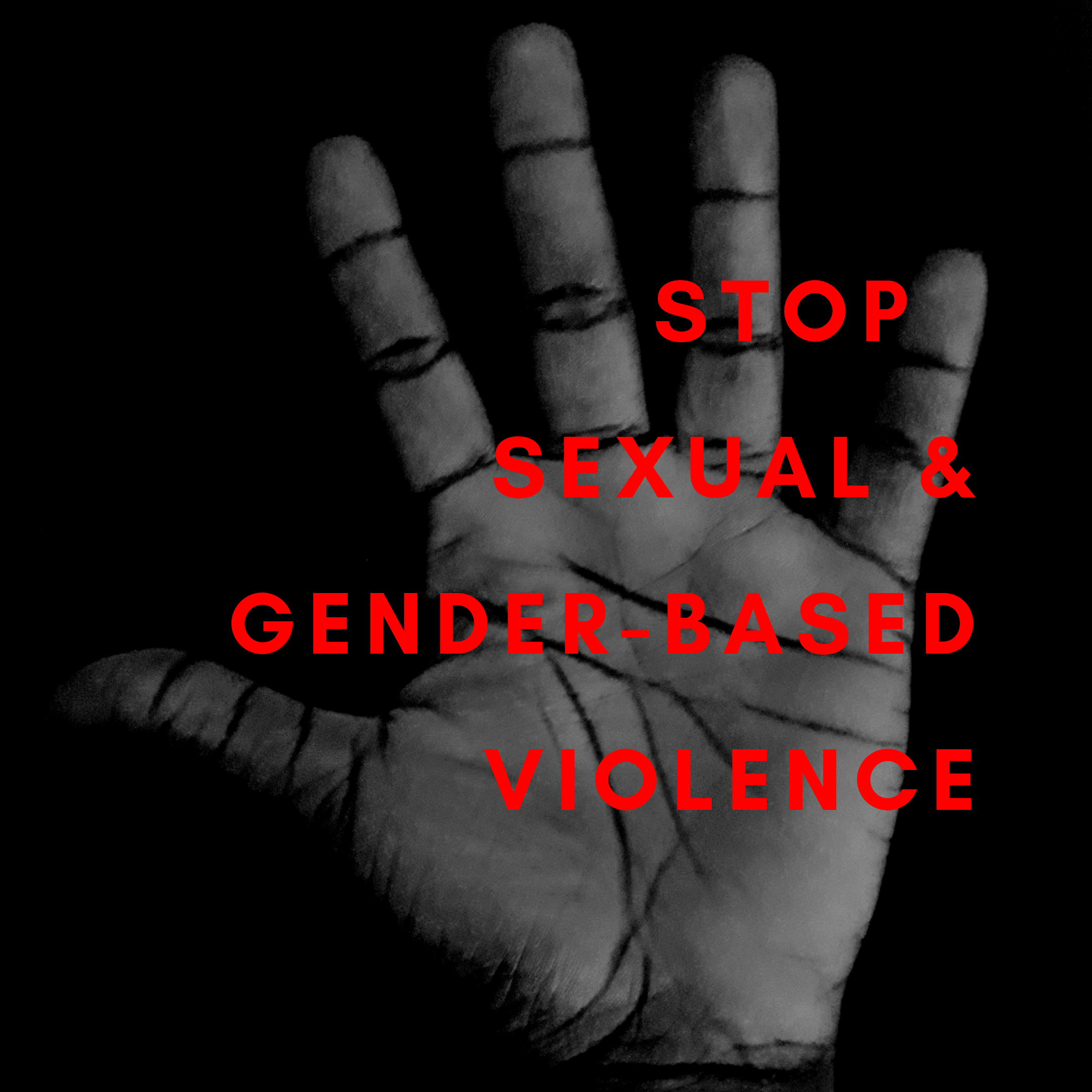Hii everyone!!!
Welcome to a new week! 💃🏾💃🏾💃🏾 I hope you had a restful weekend? I sure did. Cheers to a productive new week ahead. 😊😊😊
Last week, I began a series of posts on Sexual & Gender-Based Violence (SGBV). It was established that sex refers to the biological characteristics of individuals while gender refers to the society’s definition of expectations, roles, responsibilities, entitlements and obligations associated with being a man or woman. It was also established that SGBV can be perpetrated against any individual but there are more instances of SGBV perpetrated against girls and women than against boys and men. Unequal power relationships and deeply rooted gender norms were identified as the root causes of SGBV. Acts of sexual & gender-based violence are also under-reported due to reasons such as fear of personal safety and stigmatization. Conclusively, a perpetrator is any individual, group or organisation that directly inflicts, supports, allows, incites, overlooks, condones, or justifies acts of SGBV perpetrated against an individual.
This week, I am continuing the series by addressing the categories of Sexual & Gender-Based Violence. Thanks to everyone who dropped their responses about today’s topic in the Comments section.
There are several categories of Sexual and Gender-based Violence. However, these acts can be classified into five (5) broad categories:
1. Physical Violence
This is the intentional use of physical force or threats of violence on an individual. These range from acts as “little” as pinching, to physical assault such as beating, biting, burning and kicking, using instruments to cause harm, infanticide (the intentional killing of children), femicide (the intentional killing of women and girls because they are female), slavery, amongst others.
2. Sexual Violence
This refers to forcing, intimidating or even tricking a person to engage in any sexual act against their will. Any sexual act with someone who is unable to understand what they are doing or is unable to consent because of their age, illness, disability, or because they are under the influence of alcohol and/or drugs is sexual violence. This could be in form of rape, attempted rape, marital rape, defilement, child sexual abuse, online sexual abuse, sexual violence as a weapon of war or torture, sexual harrassment, sexual assault, sexual exploitation, trafficking, commercial sexual exploitation, sexual violence based on sexual orientation, amongst others.
3. Economic Violence
This involves denying an individual access to their money, economic activity or other basic needs by either controlling their finances or stopping them from achieving financial independence. Denial of access to resources also includes deying girls their right to education and depriving women of inheritance, property or land ownership.
4. Emotional/Psychological Violence
This is a form of psychological abuse which includes verbal abuse, confinement, humiliation, manipulation, social exclusion based on sexual orientation or gender identity, and controlling what a person can or cannot do.
5. Harmful Traditional Practices
These are forms of violence which have been committed primarily against women and girls in certain communities and societies for so long that they are considered, or presented by perpetrators, as part of accepted cultural practice. Some of these practices are female genital mutilation/cutting, forced marriage, child marriage, and honour-related crimes.
The next part of this series would address the laws and policies that exist to protect an individual against Sexual and Gender-based Violence. Before then, I would love to hear from you. Can you identify some of these laws and policies that can protect and individual from SGBV? Please leave your answers in the Comments section below.
Cheers!
#MOOCSGBV
#EndCampusGBV

















![[New Music] Aramide Ft. Reminisce – Baba Abule](https://theregularnews.com.ng/wp-content/uploads/2019/09/Aramide-Reminisce-–-Baba-Abule-100x70.jpg)
![[New Music] Wizkid – Ghetto Love](https://theregularnews.com.ng/wp-content/uploads/2019/09/IMG-20190908-WA0072-696x676-100x70.jpg)